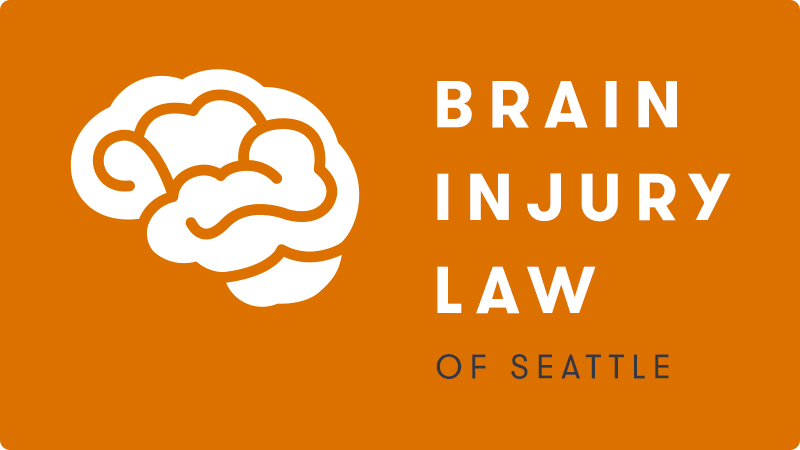While road rash is common and often not extremely serious, the superficial friction wound can feel incredibly painful. Most people obtain road rashes – also known as scrapes, abrasions, strawberries, or raspberries – while playing sports, exercising, or riding bikes. In most cases, the wound is easy to treat and heal at home. However, road rash can sometimes scrape through multiple layers of skin and require surgery to recover fully. Thus, road rash treatment must be taken care of seriously.
Page Contents
WHAT IS ROAD RASH?
A road rash is an abrasion created by friction of some sort. It can occur in any part of your body. However, the most common locations include your knees, hands, elbows, forearms, or other bony areas.
ROAD RASH CAUSES, SYMPTOMS, AND DIAGNOSIS
Causes of Road Rash
A road rash injury can have many causes, but the abrasion wound occurs most frequently during spring and summer. People are usually more active during the warmer months and wear less clothing, resulting in minimal skin protection.
Road rash severe injuries often occur while playing sports or engaging in physical activities, such as:
- Running
- Bicycling
- Riding a motorcycle
- Skateboarding
- Walking
- Playing baseball or softball
Possible Symptoms
Common road rash traumatic injuries cause surface-level friction burns. Most people can diagnose and treat the injury at home and won’t need medical attention.
In extreme road rash cases, however, pieces of debris such as rocks, glass, metal, or dirt can become permanently lodged below the skin and create a bruised appearance over the wounded area, sometimes called a traumatic tattoo. If you notice discoloration, thick and uneven scarring, or if your road rash hasn’t healed after two weeks, seek medical attention for treating skin abrasions.
Diagnosis
You can usually self-diagnose a road rash. The injury will likely feel painful and have a bright red appearance. You may also notice swelling or warmth on or around the wound.
If you notice new or worsening swelling, heat, or a foul smell, or if your road rash is larger than the size of your palm, contact your doctor or go to urgent care to treat road rash.
ROAD RASH TREATMENT
While abrasion wounds look bad and feel worse, learning how to heal road rash is relatively straightforward. Simply follow six easy steps to clean, protect, and heal your wound.
Before you start treatment for your or a loved one’s road rash, make sure to wash your hands thoroughly with warm soap and water to help prevent infection.
1. Wash the Injury
Carefully wash the road rash injury to help disinfect the wound. Use lukewarm water and antibacterial soap. Take care not to scrub the wound too hard to prevent further damage or bleeding.
2. Remove Debris
It’s critical to remove it before the wound begins to heal. You can likely wash away most dirt, rocks, glass, or other grime with water. However, if visible pieces remain, use a pair of tweezers to lift out the foreign objects carefully.
3. Dress the Wound
Use an antibiotic ointment or cream to cover the wound. The cream or ointment will help kill bacteria, fight off infections, and moisturize the injury while it heals.
4. Cover the Wound
Use a sterile bandage, nonstick pad, or gauze wrap to prevent additional injury or bacterial infection. The bandage will ensure that the antibiotic ointment remains in place while keeping your injury from drying out.
5. Keep the Bandage Fresh
Change your bandage at least once a day to ensure that your road rash stays clean and protected. If you notice that the bandage has stuck to your wound, soak it in warm salt water to loosen it before removing the wrap.
6. Monitor the Healing and Check for Infection
Finally, keep a close watch on the wounded area. If you notice an increase in pain, bleeding, discharge, pus, or if you develop a fever, you should seek medical care immediately.
ROAD RASH SCARRING AND HEALING
How Long Does It Take to Treat Road Rash?
Road rash wound heals within two weeks. However, you can speed up the process with immediate medical attention and by ensuring that your injury stays clean, moist, and properly covered.
Road Rash Care and Healing
While caring for road rash, make sure that you remove your old dressings and replace your bandages at least once a day. Use soap and a clean cloth to gently clear away antibiotic ointments, scabs, and loose tissue.
After cleaning your wound, rinse it with water, dry it, and apply more ointment. Finally, use a nonstick pad and gauze to cover your injury.
Reducing Road Rash Scar
Experiencing road rash is bad enough. You don’t need a scar to remember it. To help reduce scarring, carefully massage newly healed skin with a light moisturizer. The lotion will break down scar tissue and hydrate the skin. Repeat daily for up to four months to help eliminate scars and improve skin health.
Related Articles
TANKER TRUCK UNIQUE ACCIDENT DANGERS
Which Sport Has The Most Injuries?
Sports Injury Treatment
How Do People Suffer a Spinal Cord Injury?
SYMPTOMS OF ANOXIC BRAIN INJURY HYPOXIC BRAIN INJURY
Football Brain Injury
Navigating Legal Challenges in Sport with a Dedicated Sports Lawyer
How To File A Slip And Fall Claim?
PTSD From Car Accident
CTE Brain Injury
Delayed Concussion Symptoms
How Long Does a Brain Injury Claim Take
6 Stages of Concussion Recovery
LEARN YOUR RIGHTS AFTER GETTING ROAD RASH FROM AN ACCIDENT
If you suffered from a road rash after a car accident, you might have the right to compensation for your injuries. Our team at Brain Injury Law of Seattle can help.
We have spent more than 25 years helping collision victims reclaim their lives and heal after a catastrophe. Our traumatic brain injury lawyer will carefully review your case and help you understand your rights following a collision. We will then represent you in court, arguing your case and working to help you recover your losses. Most importantly, we’ll provide you with the support you need as you attempt to move forward.
For more information on our legal services or to schedule a free consultation, please get in touch with our Brain Injury Law of Seattle team today.






